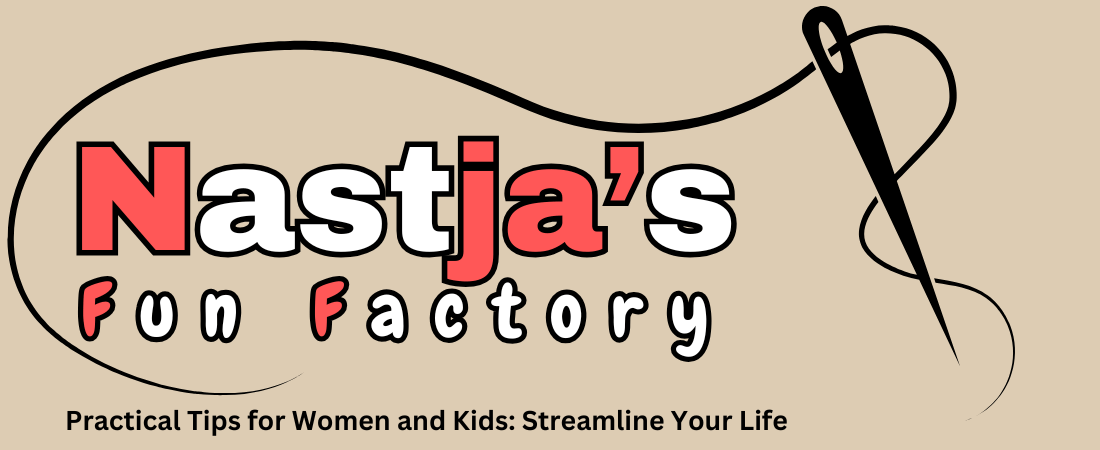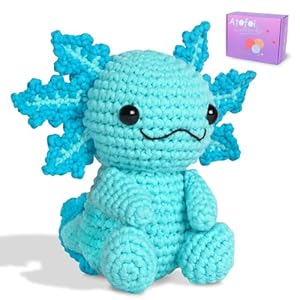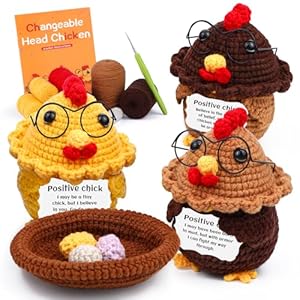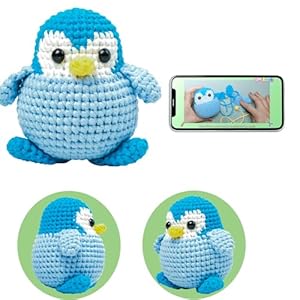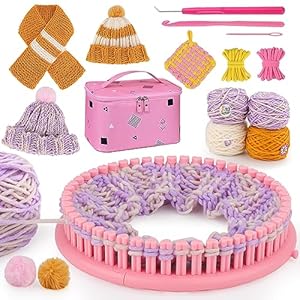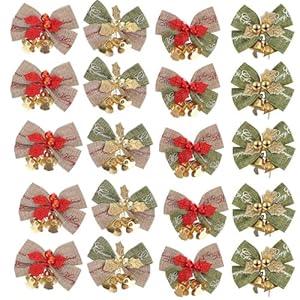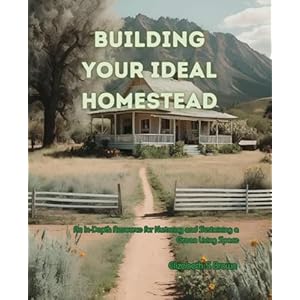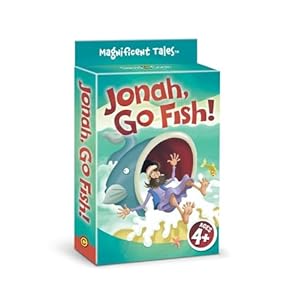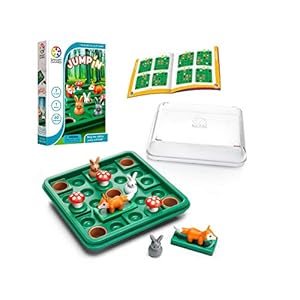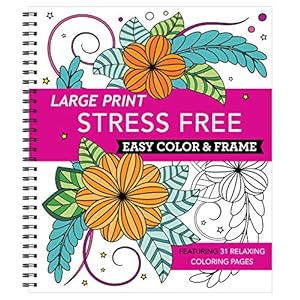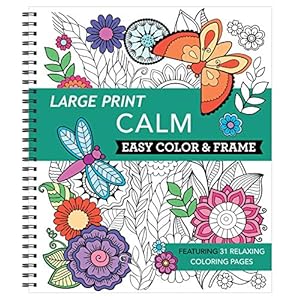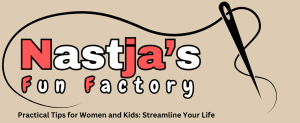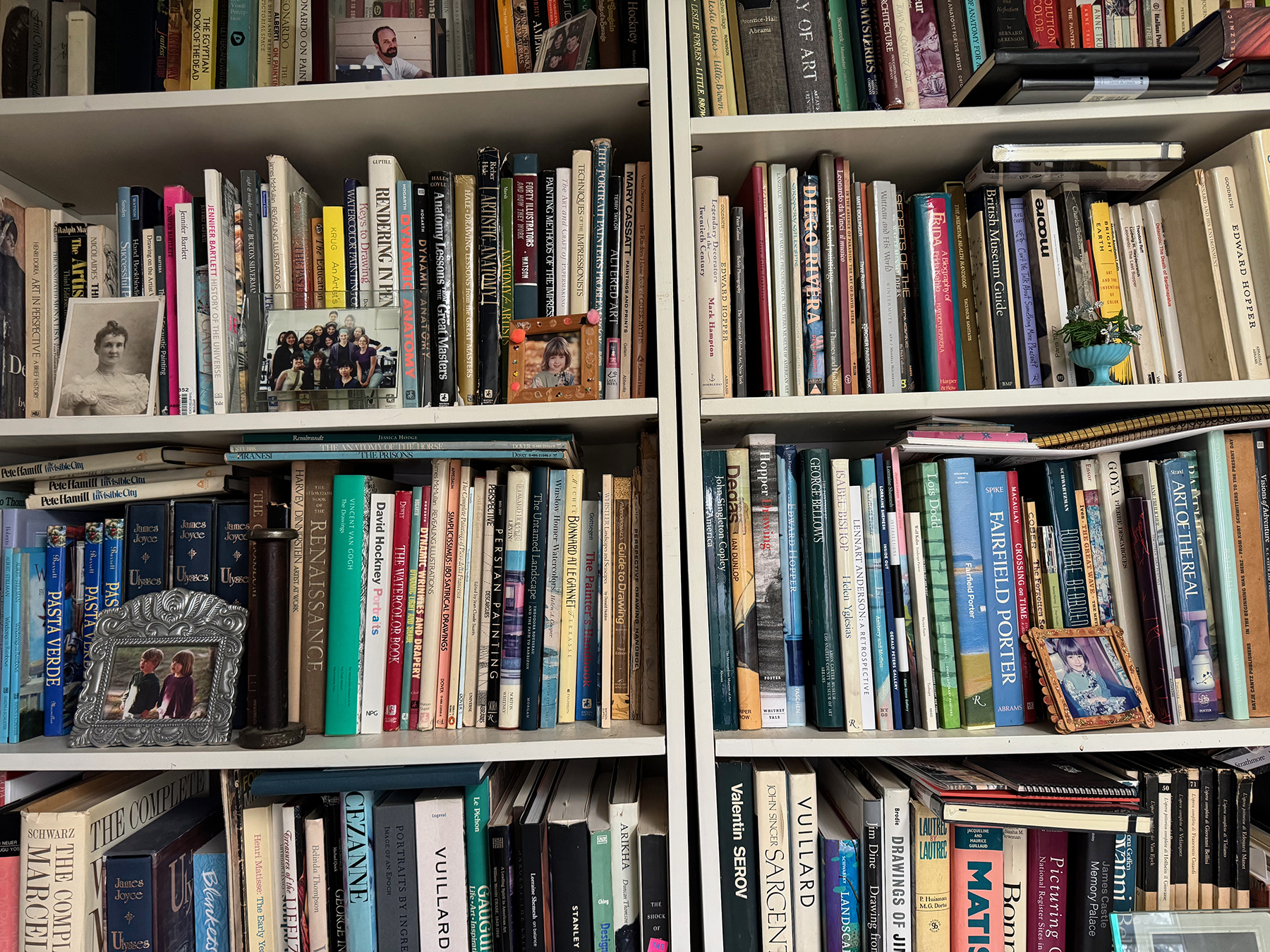
Whether you’re a professional or amateur artist, all of us experience creative block at some point. In these moments, it can be helpful to remind yourself of the routines and techniques you can use to get yourself out of a rut, and ways to deepen your daily creative practice in order to keep the stagnation at bay. Reinforced by pearls of wisdom from previous Jackson’s Art Prize winners, we’ve outlined and collected some of the best advice to help you find your flow.
Above image: Eleanor Johnson at the V&A Museum, London
Seek Outside Inspiration
Perhaps the first route to inspiration as an artist is to look outwards and ask, ‘What are other artists doing? What have they done in the past? How can they help me realise my own findings?’. While many artists share studio spaces, those who work alone may need to look a little further afield for creative dialogue when in a rut. As Abi Whitlock, winner of the People’s Choice Award, says “Working alone the majority of the time can lead to you becoming quite creatively stagnant and stuck in your own thoughts and patterns of working.”
Head to a gallery to see an exhibition or a permanent collection. Take close-up photos of the way the tiny details are painted, or some words from their statement that spark an idea. Buy a postcard and make a colour transcription of it at home (as Eleanor Johnson discusses in her interview). Look for unexpected colour combinations, or areas where the artist has held back detail in favour of the overall effect.
Samir Rakhmanov, winner of Anita Klein’s Choice Award in 2025, says “What usually gets me moving again is looking outward – paying closer attention to the world around me, or revisiting personal memories. Sometimes it’s as simple as spending time with the work of artists I admire. Visiting museums helps too – being surrounded by beautiful art, and seeing how varied and inventive it can be, always sparks something in me.”
Look through art books. I’m sure I’m not alone in saying that, shamefully, the most-read parts of my art book collection are their spines. Take them off the shelf, handle them, scribble your thoughts on post-it notes, and bookmark your favourite pages. Look for ways your work is similar, or different. Notice how it feels to have the book in your hands, instead of seeing art on your screen. There’s a reason you bought it in the first place – try to remember what that was.

Susan Stillman’s studio library
Listen to something inspiring, like a great podcast, audio book, or lecture. Hearing from inside the mind of a passionate artist can be infectious. Louise Wallace, winner of the Oil Award in 2024, says “There are so many great resources online now for painters and I love listening to artists in conversation. Tal R is always very entertaining, always comparing painting to a melting ice cream or a stone in the shoe…it’s like zen meditation for painters.”, while Austin Hayman, winner of a Jackson’s Choice Award 2025, finds that “The hardest part of the workout is lacing up the sneakers. If I ever feel really unmotivated I will watch videos and interviews of other painters. I will pull up YouTube and watch anything on Art21 or Louisiana Channel and I’ll be excited to paint. To listen to people talk about art is wildly inspiring for me.”

Jackson’s Art Prompts
Talk to friends, mentors, or fellow artists. Send them pictures of your latest works, ask them what they like, and see if they have any ideas. See your work through their eyes. Talk about their work too – one of the most effective ways to learn is to teach. You might find the advice you give is the advice you need yourself.
Louise Wallace also adds “Studio visits with friends and fellow artists are always inspiring. We are all struggling and questioning what we do. Chatting with fellow painters puts this into perspective,” and Danny Leyland, winner of a Runner Up prize in 2024, echoes this in saying “I think that being around a body of other artists who can support you, and to whose energy you can respond, is absolutely essential in helping guide you through the more difficult moments.”
Think Laterally
Experiment with a new medium. Find wonder in a new material, allow yourself to get it wrong. Play as if a child would, not focusing on the outcome, but enjoying the process. Even if you’re not taken with it, it might ease the congestion in your main practice by forcing you to think sideways.
For Martha Zmpounou, winner of Anne Rothenstein’s Choice Award in 2025, jewellery making became this outlet: “I struggled a bit after completing my undergrad studies in fine art and painting, hence I turned my attention away from painting and into jewellery making, a practice that was, for me at that time, cathartic. Jewellery design and making, which I see as a type of micro-sculpture practice, is really fun” and Janie George shared that “Turning to ceramics has really helped slow me down and change my thinking.”
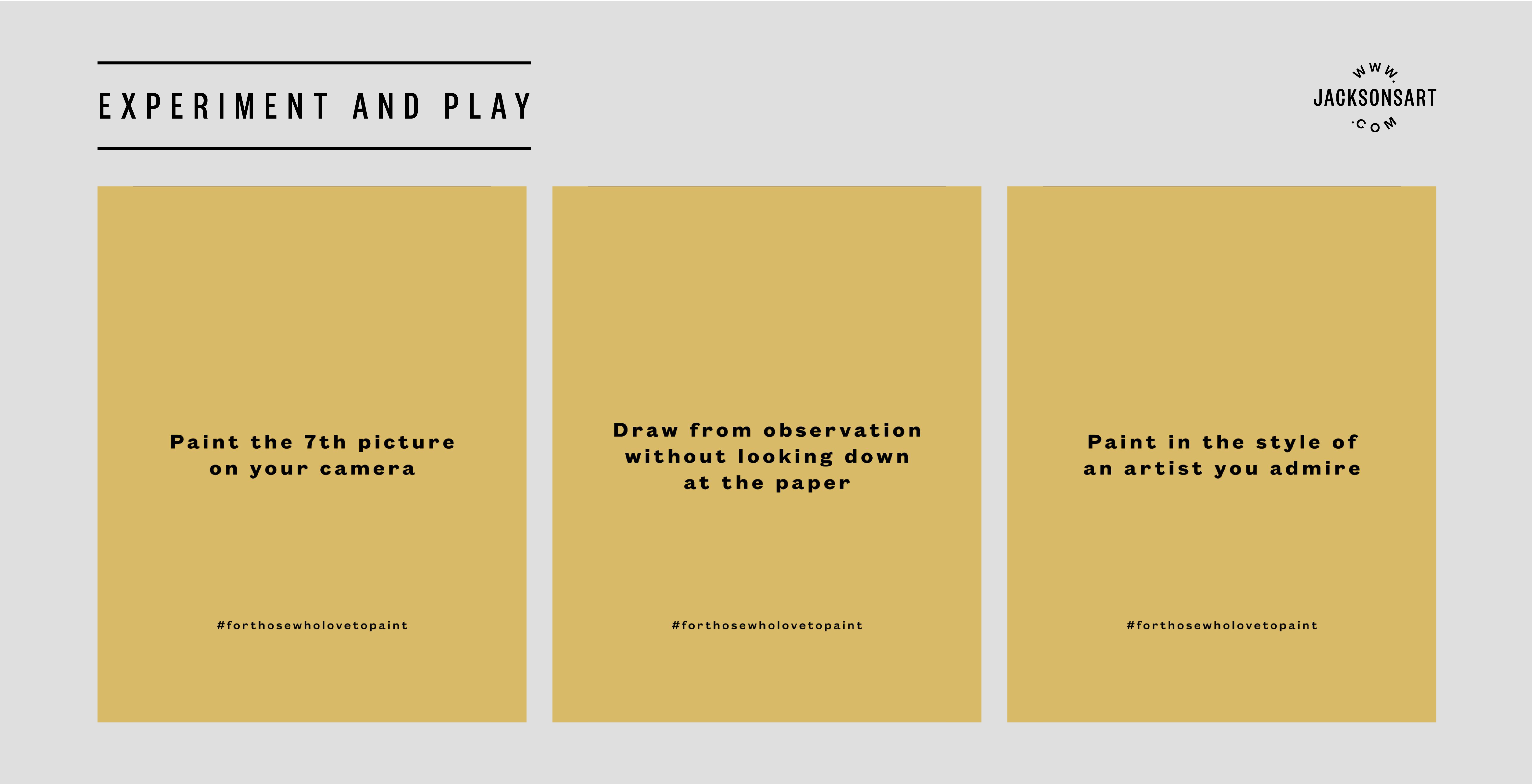
Winner of Matthew Burrow’s Choice Award in 2024, Paula MacArthur, found that “I started going to weekly etching and monoprinting classes and changing my focus to learning a new technique rather than worrying about the image, helped me to work in a more playful way and break out of the block I was experiencing. I find it’s always useful to explore new ways of working, it makes you think differently, and I feel more fluent when I come back to paint.”
“I try to tell myself to relax and stop being scared of ‘ruining’ a painting; just work without everything needing to become something” – Emeli Theander
Writing can be a route to image-making. Keeping a commonplace book originated in antiquity, cresting in popularity around the early 20th century. The practice involves collecting thoughts, ideas, quotes, and observations in handwritten or digital format that you can refer to later. They may inform a creative practice or exist solely to capture things you don’t want to forget. Natasha Motaghi, winner of the 2025 Amateur Award shared, “I’m a collector of words and phrases. I keep a running list of quotes in the notes app on my phone, snippets I’ve picked up from the radio, overheard in conversation, found in books or songs, or even from my own inner monologue. These quotes often give me a theme to work around, guiding the mood or emotion I want a print to carry. More often than not, they also become the titles of my finished pieces.”
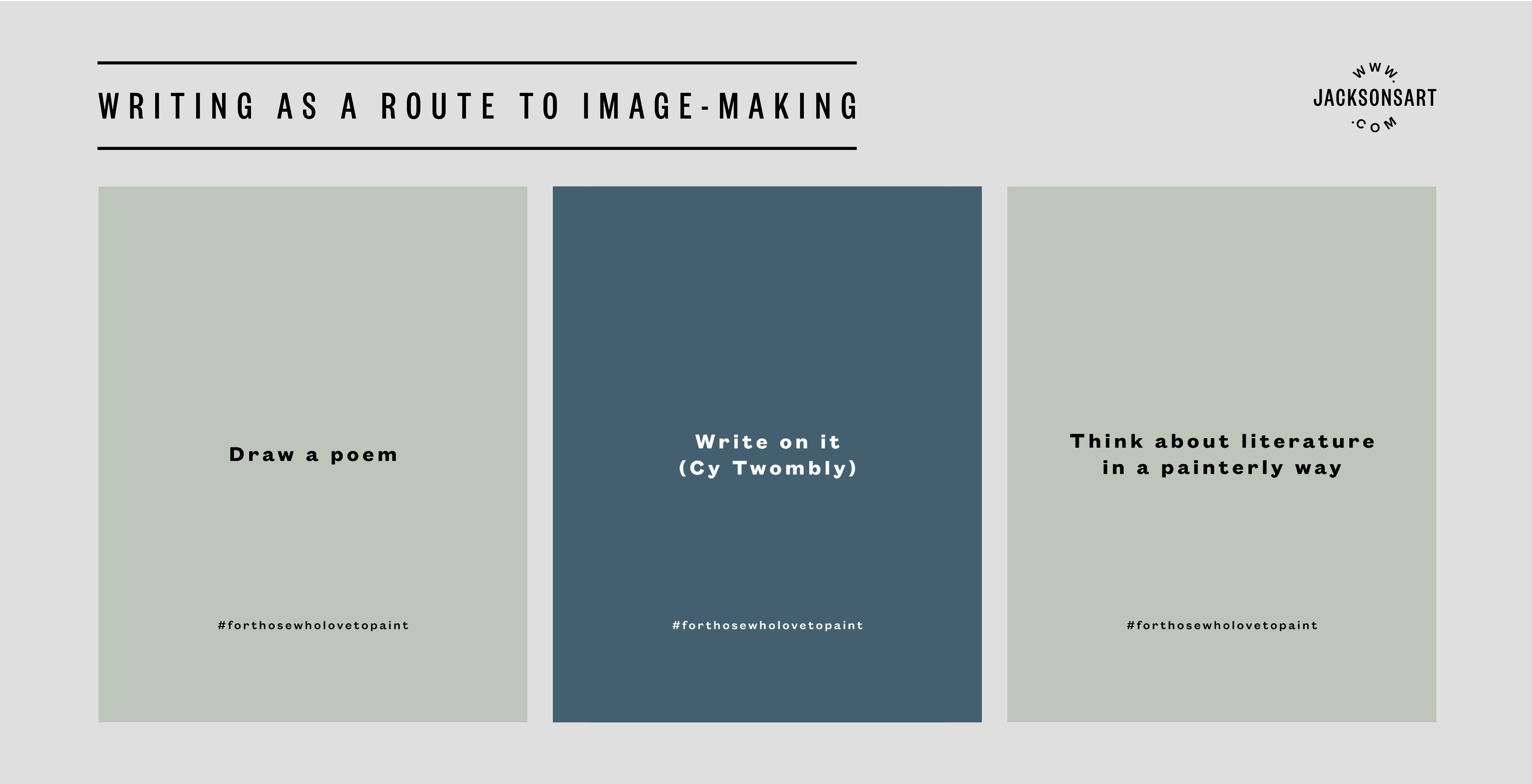
Alongside commonplacing, the creative benefits of keeping a daily journal can be transformational to your practice, as discussed in Julia Cameron’s ‘The Artist’s Way’. Cameron’s renowned twelve-week course invites readers to free-write three journal pages every morning upon waking, without a critical eye over the content, tone, writing style, skill, or even grammar. You could write ‘I have nothing to write’ 200 times, if that’s all that came to mind, though usually you’ll find there’s a lot more to write that you didn’t even know was on your mind. This process of putting your thoughts and ideas to paper frees up the subconscious mind to create, rather than cling on to superfluous or distracting thoughts. This, paired with weekly exercises and intentional solo activities, is agreed by many artists to be a life-changing route to unlocking a lost or undiscovered creative practice.
“Theatre, poetry, literature, music, and other forms of creativity keep my creative juices flowing.” – Barbara Zankovich
New Ways of Seeing
Whether the change is physical or mindful, new surroundings can bring fresh ideas.
Physical change seemed to jolt David Rae, who won a Jackson’s Choice Award in 2025, out of a slump: “I’ve had one main period of stagnation around 5 years ago. I was struggling and just didn’t enjoy being in the studio. I probably wasn’t painting for around 18 months all in. I moved to a new city and a new studio, and thankfully, that change of environment gave me some motivation again.”, and Daniel Howden, winner of the Relief Printmaking Award in 2024, finds that changing his immediate environment can help: “Stagnation occurs when I stop leaving the house as much. I’m a big fan of Feng Shui and sometimes just moving a piece of furniture can sharpen my focus.”

Natasha Motaghi on Gylly beach, Falmouth, searching for inspiration
A mindful approach to change involves observing how your surroundings change through the seasons, and finding beauty in the regularity of life.
“In the past, I found a lot of inspiration by spending time outdoors and immersing myself in nature. That rhythm of walking, observing, and collecting visual references was really grounding for me.” – Natasha Motaghi
“I often overcome creative blocks by simply living life, as I am inspired by the everyday and mundane experiences.” – Brianna Parker
Establish a Routine
“We say in French, ‘Appétit vient en mangeant’, which means the appetite comes with the eating.” – Igor Bitman
It can be easy to fall into a trap of relying on inspiration. But inspiration can be fickle and inconsistent, and may not serve you in the way that discipline could. Sometimes, some tough love is what your practice needs to induce obsession and development at the rate you want. Maya Angelou was right when she said, ‘You can’t use up creativity. The more you use, the more you have.’ It’s an infinite resource, and tapping into it regularly means it stays just under the surface, rather than deep underground.

“Whenever I can feel myself trying to procrastinate, I have to reevaluate my priorities and catch myself before I get lazy. It took years to find what works best for me. I arrange my life to be consumed by art and to always be doing something related to art and art-making.” – Willow Wells
“I’m a big believer in simply turning up and starting work. Even weak work leads to something better, provokes a compulsion to fix, improve, re-do…” – Chris Bruce
Trust Yourself
Struggling to work is not synonymous with failure. Reframe it as the end of a cycle instead – perhaps your work is taking on a new direction and the break is needed to look for inspiration. Trusting that you’re in good hands with yourself can help to see the period of frustration as simply a pause, rather than a stop.
“As an artist, cultivating self-belief is essential. It starts with the simple affirmation, “My work is good,” to produce an inner smile and strengthen resolve. Overcoming these inner demons has taught me the importance of regular self-affirmation – something I wish I could have told my younger self. It would have helped me make key decisions earlier on and embrace the journey with greater confidence.” – Melanie Berman
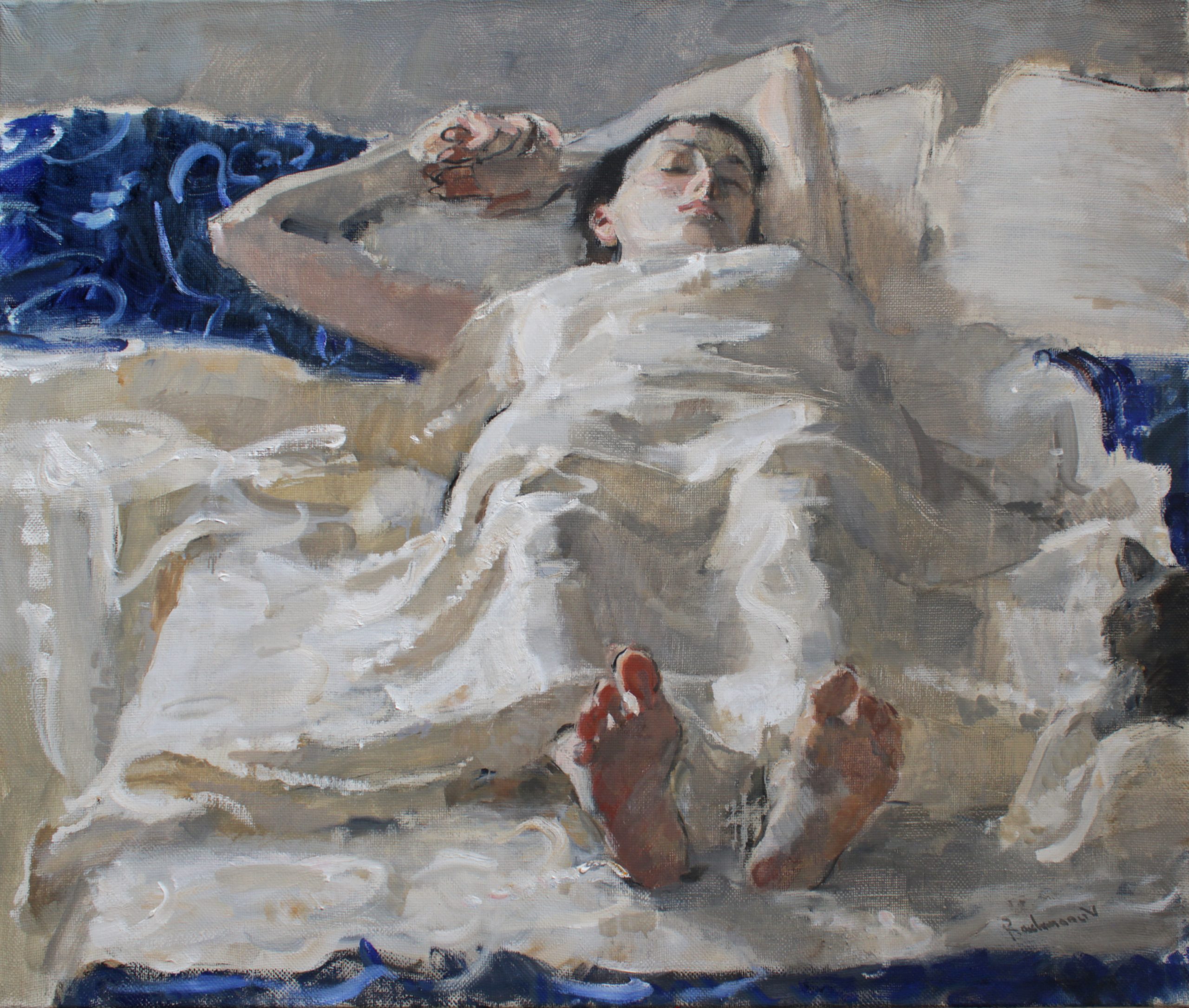
Sleep, 2024
Samir Rakhmanov
Oil on canvas, 80 x 95 cm | 31.4 x 37.4 in
“Stagnation happens when I stop finding meaning in things that once felt meaningful. And I know that I’ll find something new again. So, these days, I’ve learned to wait patiently for the moment when I will find meaning in something else.” – Hyun Yoon
“Being an artist is not separate from being a person. Sometimes the circumstances of everyday existence are difficult, and this will have an effect on how I feel about everything. Being exhausted is a real issue for me. Otherwise, I think stagnation can be about the end of a cycle, and it’s time to take a break and evaluate.” – Janie George
Reclaim Your Attention
While phones are a necessary tool to share your work, talk to potential buyers, or take progress pictures, they are also our biggest distraction. Scrolling through a feed on any platform (even if your algorithm knows you well enough to exclusively show you art-related content) can easily turn from minutes into hours, which will leave you feeling sluggish, and at the end, you’ll have nothing to show for it. Seeing ‘content’ created by other people might feel good in the moment, but it’s a bit of a carrot on a stick – you’ll never reach creative satisfaction unless you create something yourself.
Having an Instagram account as an artist offers some great advantages – it provides a direct platform where buyers can reach you, which can be empowering. However, while this access helps level the playing field, it also shifts artists away from our practice, leaving us with administrative tasks that a gallery would traditionally manage. If you slip into prioritising these administrative tasks instead of your artistic practice, you will find that you’re really just engaging in another form of procrastination via faux productivity. Try to shift away from consumption and toward creation – the rest will follow.

Janie George in the studio
Use prompts to spark action
The full collection of Jackson’s Art Prompts, as featured in this article, can be found on Pinterest.
Further Reading
Expert Advice on Making Your Way as an Artist
Meet Eleanor Johnson, Winner of Jackson’s Art Prize 2025
Developing a Daily Drawing Practice with the Royal Drawing School
A Guide to Drawing in Galleries and Museums
Shop Art Materials on jacksonsart.com

The post Practical Advice For Overcoming Creative Stagnation appeared first on Jackson's Art Blog.
Trending Products
